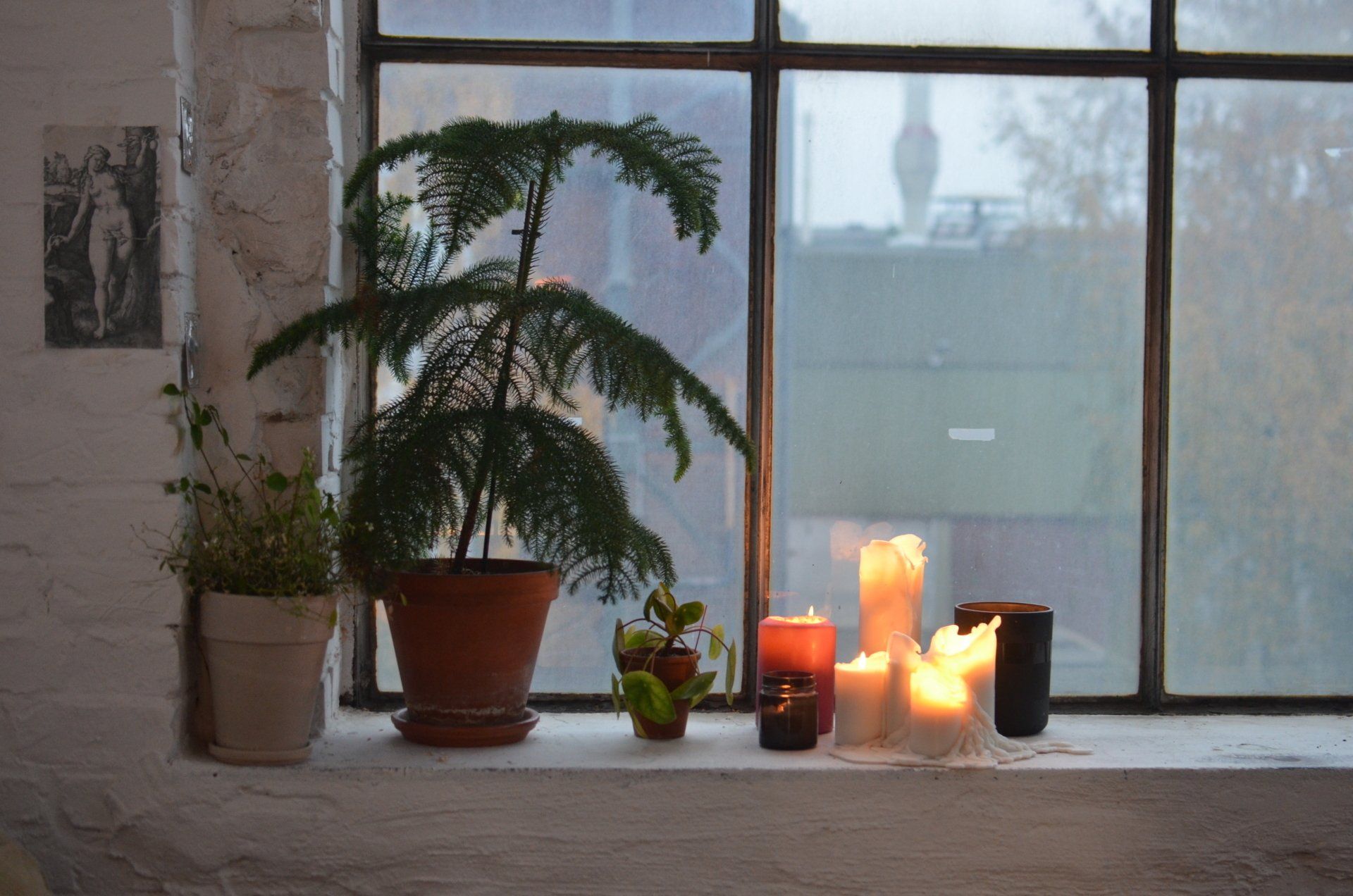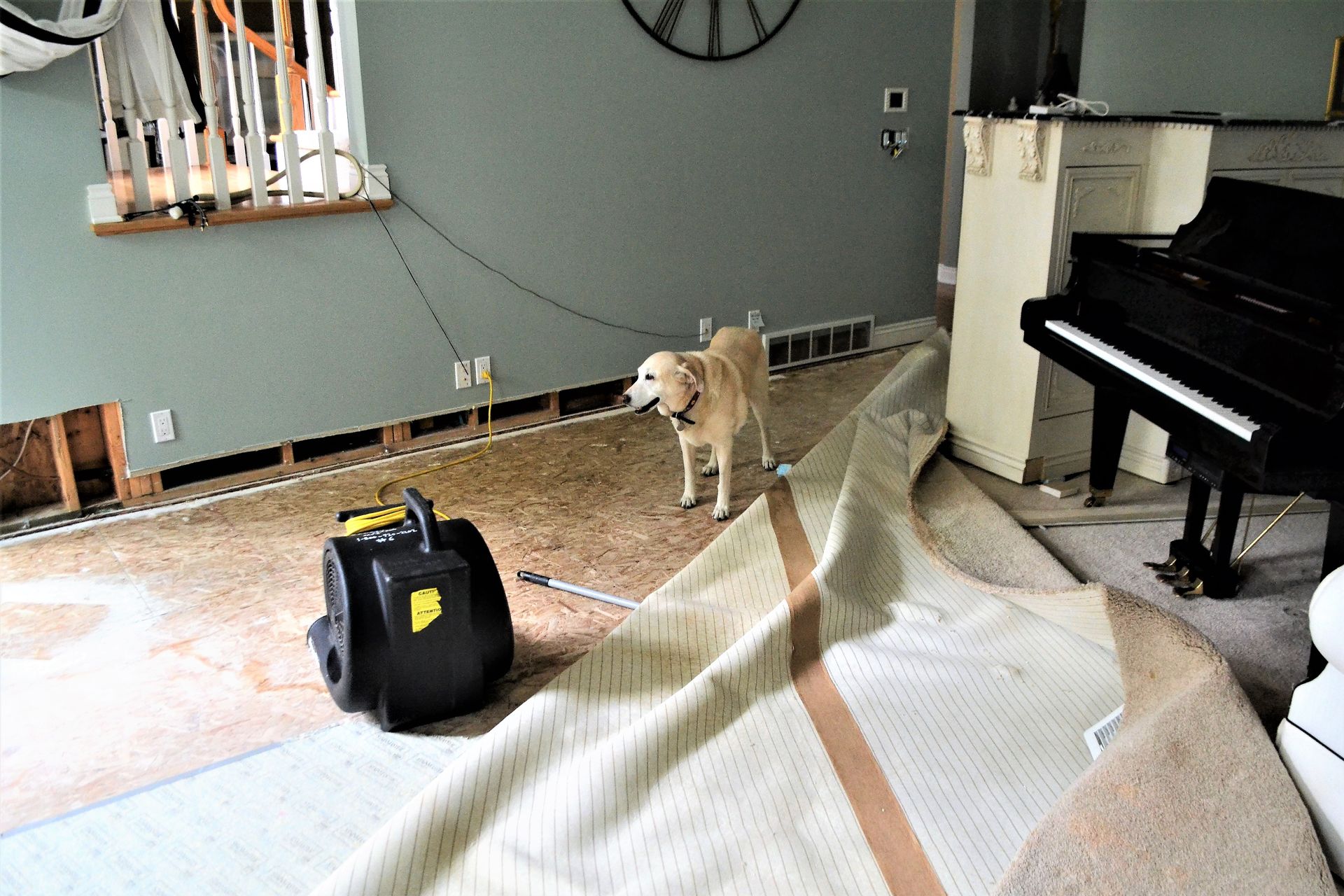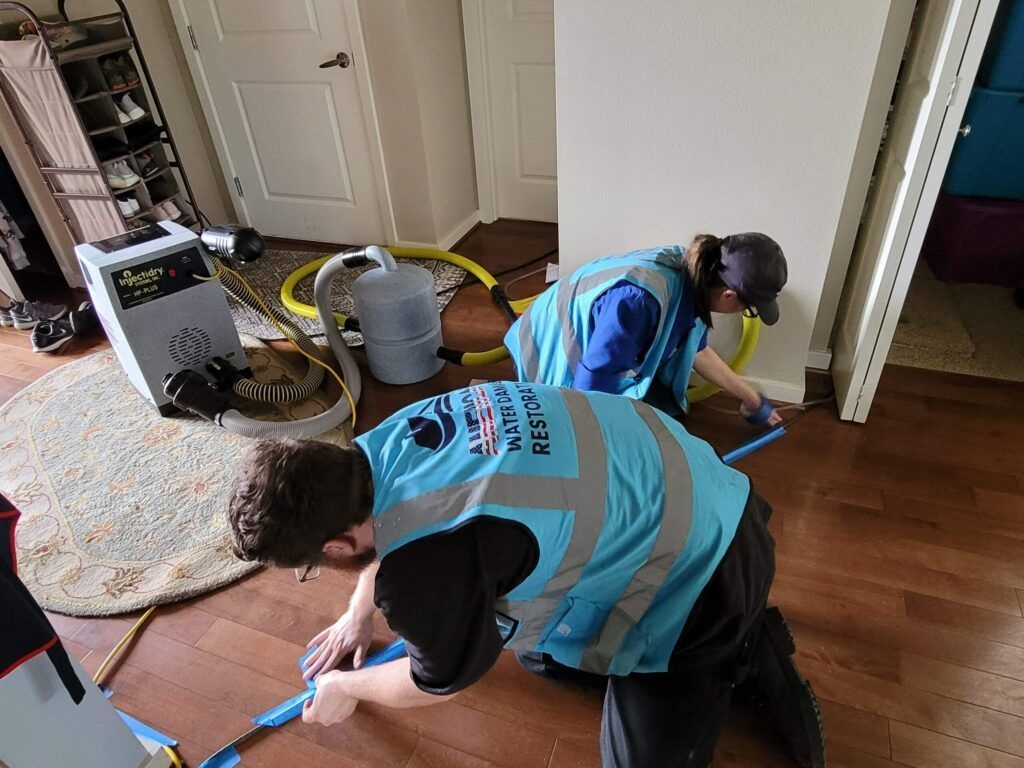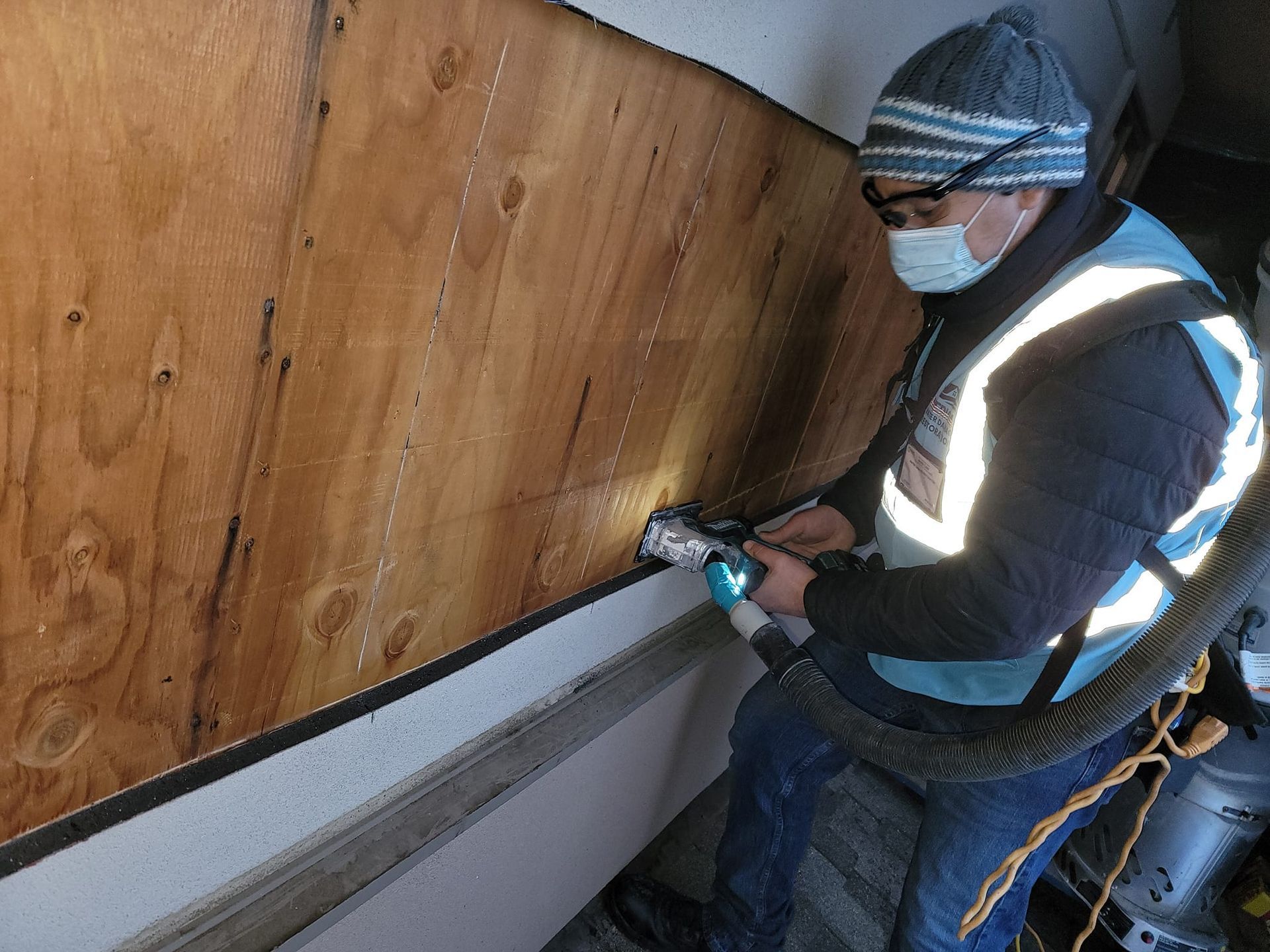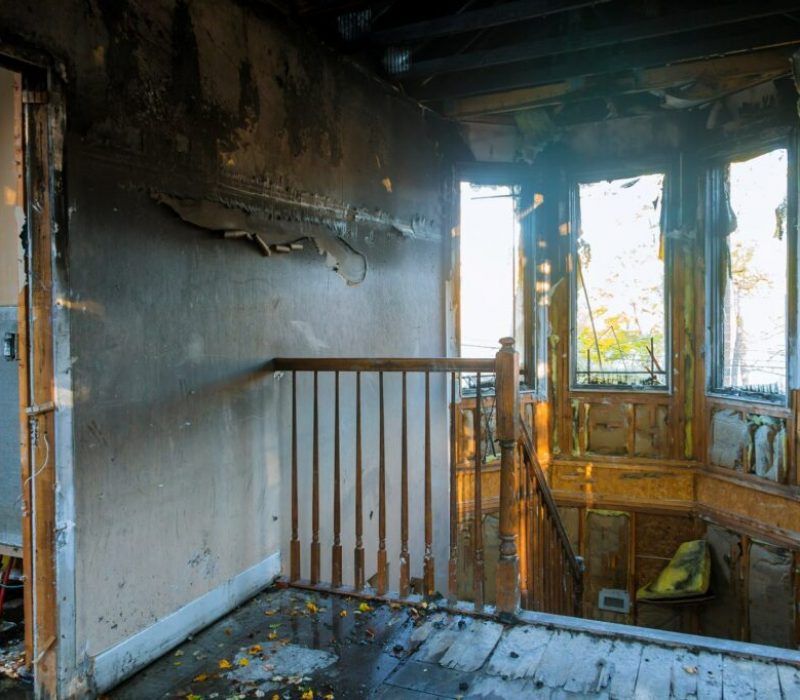- 24/7 EMERGENCY SERVICE
- ON OUR WAY IN 60 MINUTES OR LESS
- WE WORK WITH YOUR INSURANCE
How to Detect Mold Growth in Your Home
Ultimate Guide: How to Detect Mold in Your Home Effectively
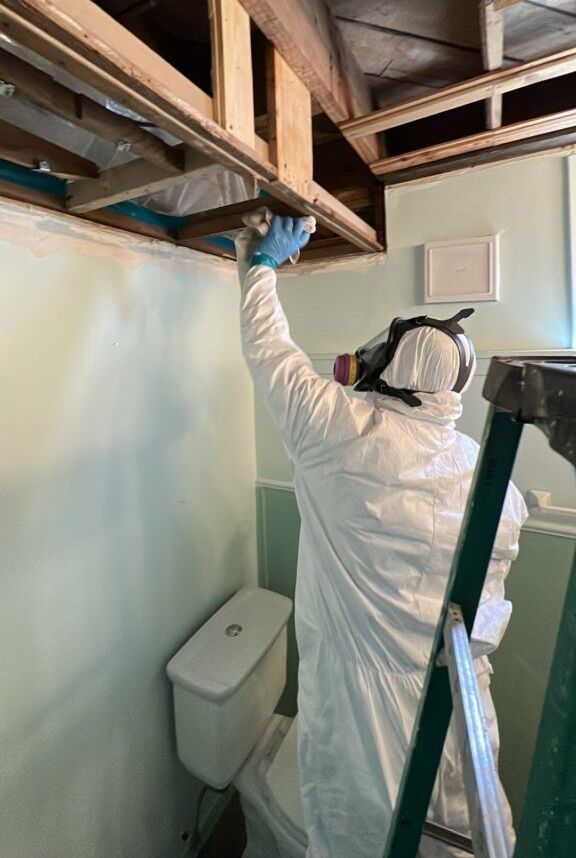
Mold invasion in your home can pose serious health risks and deteriorate the quality of life. The best way to combat this invisible enemy is early detection. Understanding how to detect mold and knowing where to check for mold in your house is paramount to maintaining a healthy living environment. In this article, we will explore various techniques for detecting mold and simplifying mold detection. We will also delve into why early mold detection is crucial, the potential dangers of undetected mold, and how to test for mold accurately. This comprehensive guide aims to arm you with the knowledge needed to protect your home.
What is Mold?
Mold is a type of fungus that plays a key role in natural decomposition processes. It breaks down dead organic material, aiding in the recycling of nutrients in the environment. However, when mold finds its way into homes, it can pose potential health risks.
There are several types of mold that commonly invade homes, including Aspergillus, Cladosporium, and the infamous
Stachybotrys chartarum, commonly known as "black mold." These molds can release spores into the air, potentially causing health problems if inhaled in large quantities.
Mold thrives under specific conditions: it prefers damp, humid environments, often flourishing in areas with persistent moisture, such as leaky pipes, or in the aftermath of flooding. Darkness is another factor that promotes mold growth, as most types of mold are deterred by ultraviolet light. Therefore, the best way to prevent mold is to control humidity levels, ensure proper ventilation, promptly address water damage, and allow sunshine into your home whenever possible. By understanding these conditions, you can create an environment that is less inviting to mold, helping to protect your home and health.
Health Risks Associated with Mold
Mold exposure can lead to a myriad of health issues, particularly in high-risk groups such as children, the elderly, and those with compromised immune systems. Allergenic molds can cause symptoms that range from sneezing and skin rash to more severe reactions like difficulty breathing. These molds can trigger asthma attacks in asthmatic individuals and exacerbate the symptoms of those with allergies.
Pathogenic molds pose a severe threat to those with weakened immunity, potentially leading to hypersensitivity pneumonitis, an acute response resembling bacterial pneumonia. In chronic cases, invasive mold diseases can occur.
Toxic molds like Stachybotrys Chartarum produce mycotoxins that can have serious health implications, including neurological problems and, in extreme cases, death.
Allow me to share a testimonial from one of our clients, Mrs. Johnson, who had an unexpected encounter with mold, "We never realized we had a mold problem until my allergy symptoms became severe. It wasn't until the American Water & Damage Restoration team came in and conducted a thorough mold detection that we discovered black mold behind our wallpaper. Since the mold remediation, my health has significantly improved."
The potential health risks underline the importance of detecting mold early and dealing with it promptly. Knowing where to check for mold in your house and having a professional team test for mold can make a significant difference in your health and quality of life.
Visible Signs of Mold Infestation
Mold infestation often presents itself through certain visible signs. One of the most notable signs is discoloration of surfaces, typically appearing as green, black, or white blotches on walls, ceilings, or other damp areas. This discoloration is a tell-tale sign of mold growth and should not be overlooked.
Another common indicator is the appearance of a fuzzy or woolly texture on surfaces. This is the mold colony's growth, and it can spread rapidly if not addressed promptly. It's important to note that this fuzzy appearance is not exclusive to mold; mildew, a less harmful but still problematic type of fungus, also presents in a similar manner.
This brings us to the differentiation between mold and mildew. Both are fungi, but they differ in their appearance and the level of harm they can cause. Mildew typically presents as a thin, surface-level growth with a powdery or fluffy texture, while mold is often thicker and may penetrate beneath the surface of the infested material. While both can cause health issues and should be treated promptly, mold is typically more destructive, potentially causing significant damage to the surfaces it inhabits.
The best way to detect mold is to stay vigilant. Regularly check for these signs, especially in damp areas of your home. If you suspect a mold infestation, it is crucial to contact a
professional mold detection and
remediation service, such as the team here at American Water & Damage Restoration, to test for mold accurately and ensure its complete removal.
Hidden Mold: Beyond the Visible
Mold is a crafty invader, often hiding in areas not usually seen or frequently accessed. It can lurk behind walls, under carpets, inside insulation, and within HVAC systems, making early detection a challenging task. Unseen mold can silently deteriorate structural integrity, causing substantial damage over time. Moreover, undetected mold continues to release spores into the air, contributing to poor indoor air quality and potentially causing allergic reactions and respiratory issues over time.
One of the more reliable indicators of hidden mold is a persistent musty odor. This distinctive smell is often the first warning sign of a mold issue, even when the mold itself is not visible. The odor is caused by microbial volatile organic compounds (MVOCs), which are gases produced by mold during its metabolic process. A pungent, earthy, or damp smell often indicates the presence of mold.
If you detect a musty smell persisting in your home, especially in areas prone to dampness like basements, bathrooms, or around HVAC systems, it's advisable to seek professional assistance. Here at American Water & Damage Restoration, we are equipped with sophisticated mold detection tools and the expertise to uncover hidden mold, ensuring your home is safe and healthy for you and your family.
DIY Mold Detection Techniques
While professional mold detection is the most reliable method, certain situations might lead homeowners to try their hand at initial mold detection. Becoming familiar with some basic DIY mold detection techniques can be a valuable first step in identifying a potential problem. However, it's important to remember that these methods can't replace the expertise and comprehensive approach of a professional. With that in mind, let's explore some do-it-yourself ways to check your home for mold.
Visual Inspection
The first method is a thorough visual inspection. Carefully check places that are susceptible to dampness, such as the bathroom, basement, kitchen, and areas around pipes or windows. Look for discoloration, fuzzy growth, or warped surfaces. Remember, mold can also exist behind wallpaper or within walls.
Smell Test
The smell test is a useful initial detection method. If areas within your home emit a persistent musty or earthy odor, this could be a sign of hidden mold. This smell comes from the gases produced by mold, so a consistent odor often signifies mold presence, even if it isn't visible.
Home Mold Testing Kits
Home mold testing kits can be a handy tool for initial mold detection. These kits, available in hardware stores or online, include swab samples for visible mold and airborne spore traps for invisible, airborne mold. Always remember that professional services provide a more comprehensive evaluation. DIY mold checks should only be the first step, not a substitute for professional mold detection and remediation.
Professional Mold Inspection
Hiring professional mold inspectors assures you an accurate and comprehensive mold detection. Professionals like the team at American Water & Damage Restoration employ advanced tools such as moisture meters, borescopes for visual inspection inside walls, and
infrared cameras to detect temperature variations (indicative of water damage and potential mold growth). They also use air and surface sampling techniques for laboratory testing, ensuring a thorough and scientifically backed mold detection.
Choosing the right mold inspection company involves checking their credentials, experience, and customer reviews. It's important to select a company that adheres to industry standards, offers detailed inspection reports, and provides a comprehensive remediation plan if mold is found.
Moreover, working with professionals ensures your safety and that of your home. Trained experts use the proper protective equipment and adhere to procedures that prevent the spread of mold spores during the inspection.
Regular mold inspections, particularly after incidents of
flooding or
water damage, are essential for maintaining a healthy home environment. These events create the perfect conditions for mold growth, making a professional inspection critical to prevent unnoticed mold infestations. By investing in professional mold detection, you protect your home's integrity, your belongings, and, most importantly, the health of your family.
Prevention: Keeping Mold at Bay
In the battle against mold, prevention is your most powerful weapon. While there's no surefire way to completely eliminate mold spores from your indoor environment, the key to mold control is moisture control. By taking proactive steps to minimize moisture in your home and promptly addressing any signs of water damage, you can significantly reduce the risk of mold infestation. Let's look at some practical tips and strategies to help you keep mold at bay and maintain a healthier, mold-free environment in your home.
Controlling Humidity Levels
Maintaining optimal humidity levels is essential in preventing mold growth. Use a dehumidifier or air conditioner to keep indoor humidity below 50%. Regular monitoring with a hygrometer can help ensure your home's humidity stays within this range. Ventilating areas prone to moisture, like bathrooms and kitchens, is also beneficial.
Proper Ventilation
Proper ventilation is crucial as it aids in eliminating excess moisture, a key factor promoting mold growth. Achieve this by ensuring good airflow throughout your home, particularly in high-moisture areas. Use exhaust fans in bathrooms and kitchens, and keep doors and windows open whenever possible to circulate fresh air.
Regular Home Maintenance
Regular home maintenance is instrumental in preventing mold growth. Regular checks for leaks, dampness, and proper ventilation can nip mold-prone situations in the bud. Investing in products like
dehumidifiers and moisture absorbers can help maintain optimal humidity levels, thereby reducing the chances of mold infestation.
Mold-Free Living is a Click Away. Reach Out Now!
At American Water & Damage Restoration, we're determined to keep your home mold-free and safe. Our professional team uses advanced methods to detect and eliminate mold, ensuring your family's health and your property's integrity are protected. We understand that every home is unique and requires a tailored approach. Therefore, we offer personalized mold inspection and remediation plans to effectively meet your specific needs. If you're concerned about potential mold in your home, don't wait. Get peace of mind today with our comprehensive services. Contact us now and take the first step towards a healthier, mold-free home. Your well-being is our top priority.
CONTACT US 24/7 FOR ANY TYPE OF RESTORATION SERVICES
Our Contact Information
123 2nd Ave S, Edmonds, WA 98020, United States of America
OPEN 24/7
CONTACT US 24/7
For an immediate response call us 24/7 at (206) 771-7040 or complete the form below.
Contact Us
We will get back to you as soon as possible.
Please try again later.
24/7 Emergency Services!
CALL (206) 771-7040
We’re Fast! We’re Efficient!… And we will get the job done right, the first time!
Contractor Number: AMERIWD794PJ
OUR SERVICES
CONTACT INFO
123 2nd Ave S, Edmonds, WA 98020, United States of America
All Rights Reserved | American Water and Damage Restoration LLC

